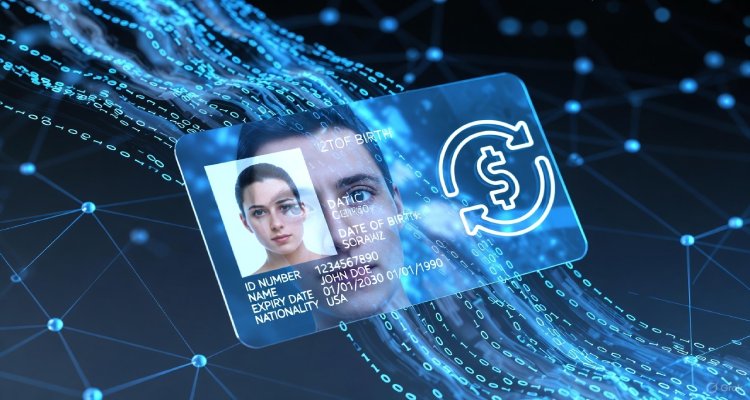When Identity Became a Subscription
Exploring how personal identity in the digital age has transformed into a commodified subscription, altering privacy, access, and the meaning of who we are online and off.
Introduction: The Rise of the Paywall on Personhood
On a brisk morning in November 2025, a user logs into her favorite app and, before seeing her dashboard, faces not only a prompt for a password but also a renewal notice for her digital identity package. It’s a scenario once confined to speculative fiction, but now, managing identity feels less like a right and more like a rented privilege—a subscription renewed monthly like Netflix or Spotify. This seismic shift is not an isolated tech quirk, but a quiet revolution reshaping how modern society defines and accesses identity itself.
Context & Background: From Birth Certificates to Digital Footprints
Until recently, identity began at birth and, in most cases, remained static: a legal name, a signature, perhaps a fingerprint, all physically locked away in some government archive. The birth of the internet in the 1980s introduced anonymity as a default; users roamed digital frontiers unnamed and untracked. But as commerce, communication, and even basic citizenship migrated online, the need for formal identity verification grew. By the early 2000s, credit bureaus pioneered “Identity 1.0,” using financial records to outline digital personas—stepping stones to today’s complexities.veriff+3
Main Developments: From Ownership to Subscription
The digital transformation has not only changed how identity is proved but upended notions of ownership. Where a driver’s license or passport once sufficed, today’s digital systems ask for multifactor authentication, biometric scans, and, often, payment. Tech giants and specialized services increasingly gate identity verification—issuing unique digital credentials, sometimes bundled as part of premium subscriptions, necessary for accessing everything from online banking to social media games.experian+1
Subscription-based identity models have proliferated as privacy and security stakes rise. Third parties charge for continual identity assessment, threat monitoring, and access management. In some cases, losing access means getting digitally locked out from essential services. A missed payment could mean the erasure, or at least suspension, of one’s digital self. As identity became fertile ground for subscription-based business models, the cost of proving who you are began to resemble the monthly grind of content streaming: convenient, but always at risk of lapse.experian
Expert Insight and Public Reaction: A New Gatekeeper Era
Dr. Leena Sahay, a digital privacy analyst, notes, “We’re witnessing the privatization of access—not just to entertainment or premium apps, but to facets of daily life that once felt like guaranteed rights. The risk is that identity becomes both a product and a paywall.”
Public sentiment reflects a mix of fatigue and caution. Many express “subscription fatigue,” not just from streaming services, but from the mounting fees attached to life’s essential credentials. On popular social forums, a common refrain echoes: “It’s like you have to rent yourself back every month.”experian
Meanwhile, privacy advocates warn about the consequences for those unable or unwilling to pay: exclusion from online platforms, financial tools, or even basic communication channels. “Identity subscription models create new digital divides,” says Professor Vikram Kaur, a sociologist studying digital inclusion. “Those unable to manage recurring costs risk becoming invisible—not only to platforms but to society itself.”
Impact & Implications: Who Pays the Price?
The subscription model for identity challenges notions of privacy, personal agency, and social equity. Vulnerable populations—low-income individuals, migrants, or the elderly—face greater risk of exclusion if they cannot sustain the associated costs. Digital rights organizations worry that identity subscription could become a lever for corporate and governmental control, recommending comprehensive regulation to ensure essential digital identity remains universally accessible.certn
On the other hand, proponents argue that recurring payments fund better security and fraud protection, offering peace of mind in an era of constant cyber threats.
Looking ahead, some predict further stratification: basic identity access as a minimal right, but advanced authentication (for voting, health records, or financial transactions) coming with a premium tag. The fight over whether identity should be owned or merely leased is just beginning.
Conclusion: Redefining Belonging in a Rented World
As the digital world subsumes ever more of our personhood, the line between self and service blurs. Identity has shifted from a civic guarantee to something more transactional—a recurring purchase, subject to market forces and system policies. Whether society will reclaim identity as a right, or continue down the road of subscription-based belonging, may define the digital age for generations.
Disclaimer: This article is for informational purposes and reflects ongoing social and technological trends. It is not legal advice. All opinions attributed to sources are illustrative.










